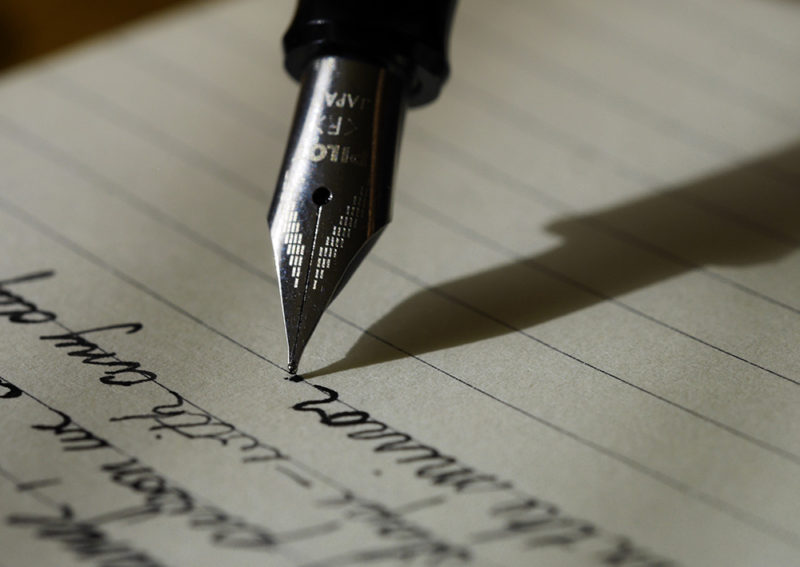Historical fiction is popular across many genres: from romance to crime to literary fiction. But how much does accuracy matter?
There’s a scene from a Highlands-themed bodice-ripper that still haunts me, years after reading it. The heroine, having to spend her wedding night camping out on the journey between her father’s castle and her new laird’s abode, decides to take a bath.
In an icy loch. In the dead of night. In the north of Scotland. In the middle of winter.
I still feel freezing and frustrated just thinking about this. The author couldn’t bear leaving her heroine unwashed, because of course a modern bride would be squeaky clean, perfumed and polished for her bridegroom. But when writing historic fiction, different mores and customs apply.
Clashing customs
It’s the same frustration I get when reading a US-penned Regency Romance with a “feisty” heroine named Madison who refuses to conform, outrages social convention on every page, and still manages to marry a Marquis.
Surely the point of historical fiction is to explore a past setting, and see how characters have to react under a different set of codes and customs? Mentioning the “Ton” and namedropping Almack’s and Sally Jersey is simply not enough to recreate the Regency period.
We may not need to know about their chamber pots and how they dealt with lice, but showing some understanding of a different historic era seems warranted. Otherwise, if you can’t bear to write about people as they actually were, send a modern protagonist back there and write time travel.
Respecting the past
Of course you can probably be too excessive. I discovered that my Romans were eating apricots a decade or so before they should have been, panicked, and swapped the fruit to figs. Likely no one would have noticed, but you never know. Those apricots might have been some reader’s freezing loch-bath.
We’re lucky today in that there’s a vast amount of research available into past times. I’ve recently been enjoying Ruth Goodman’s How to be a Tudor and How to be a Victorian which should be absolutely essential reading for anyone writing about these eras.
Ruth Goodman has herself lived for extended periods in recreations of past eras, making and wearing clothes as accurately as possible and using the technologies of the time. She illuminates tiny details, such as comfortable posture when wearing a corset, or what different classes of people smelt of at different times in history (bergamot and lemon, if you’re an early Victorian).
This is what brings the past back to life in historical fiction, and lets us get as close as we can to another era and its people.

